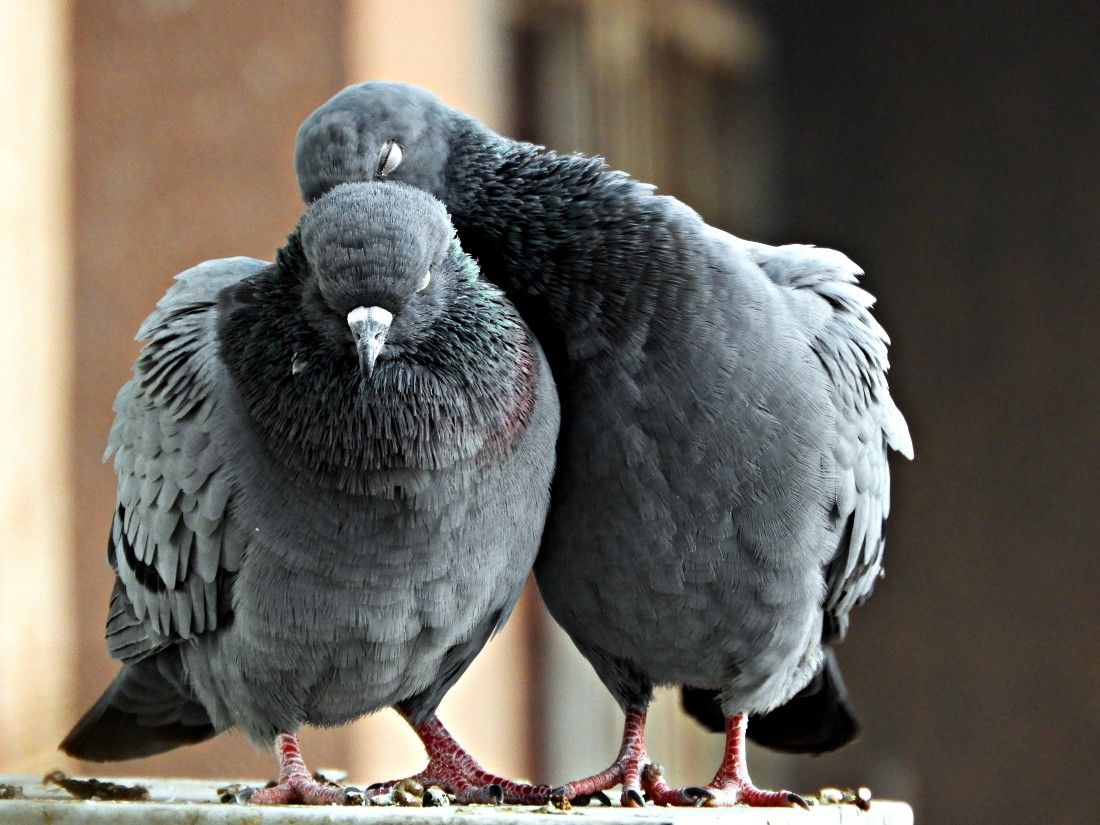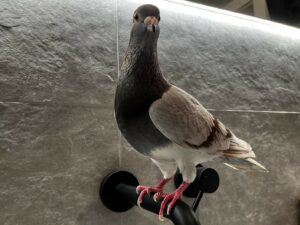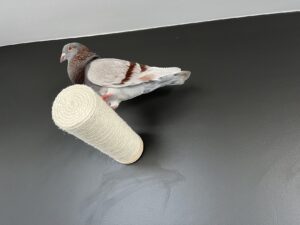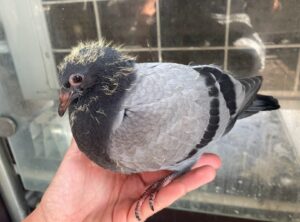I am the proud owner of a rescued pigeon. Like many people, I used to believe in a lot of the myths about pigeons.
However, as I have gotten to know my own rescued pigeon and learned more about these amazing birds, I have come to realize that many of these myths are simply not true.
In this article, I will be exploring 11 common myths about pigeons and setting the record straight on these misunderstood birds.
So let’s dive in and learn the truth about these amazing birds.
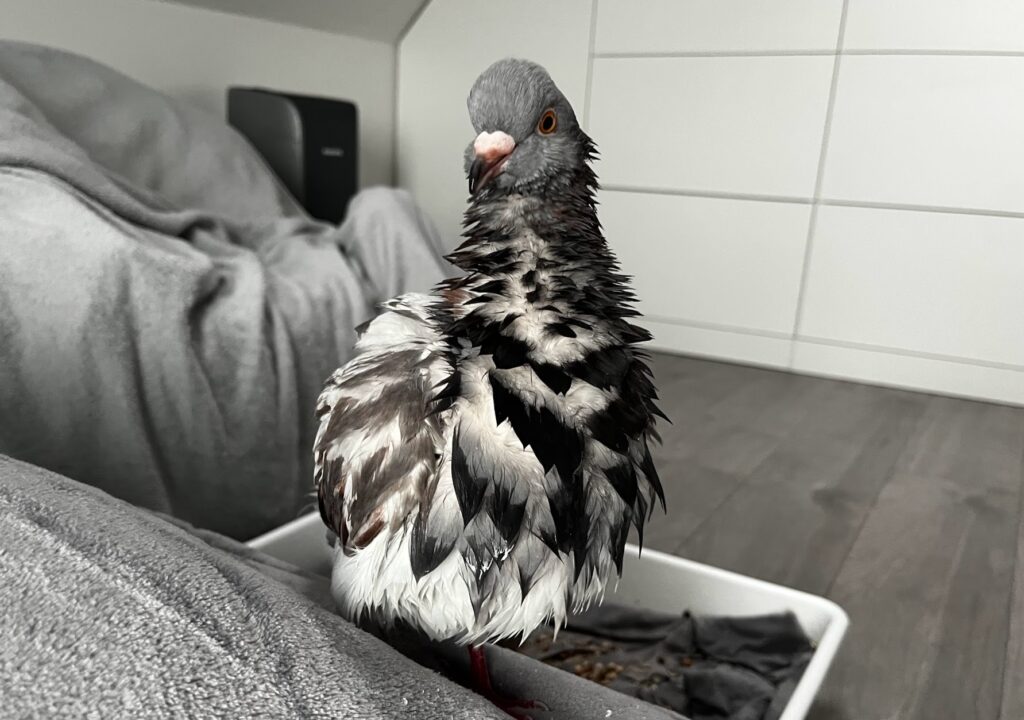
11 most common myths about pigeons
Here are the top 11 pigeon myths and the explanations for why they are not true.
Myth 1: Pigeons are dirty and carry diseases.
One of the most common myths about pigeons is that they are dirty and carry diseases.
However, this simply is not true. Pigeons are actually quite clean birds and groom themselves regularly. They have a gland near their tail feathers that produces oil, which they use to preen and clean their feathers. This helps to keep their feathers in good condition and prevents dirt and debris from accumulating on their bodies.
In terms of carrying diseases, it is important to note that all animals, including humans, can carry diseases. However, the risk of contracting a disease from a pigeon is no greater than the risk of contracting a disease from any other bird or animal.
Check this: Can Pigeon Poop Kill You?
Myth 2: Pigeons are pests and should be eradicated.
Another common myth about pigeons is that they are pests and should be eradicated.
This myth is often used to justify the use of harsh and inhumane bird control methods, such as poison, trapping, and shooting, in an attempt to eliminate urban pigeon populations. However, the truth is that pigeons play important roles in the ecosystem, and attempting to eradicate them can have negative consequences.
Pigeons, also known as rock doves, are actually a naturally occurring species of bird and have been present in urban environments for centuries.
They are important seed dispersers and help to maintain the balance of plant species in urban areas. Pigeons also provide food for other animals, such as birds of prey, and serve as an important source of nutrients for the environment through their droppings, also known as pigeon poop.
It is important to recognize the value of pigeons in the ecosystem and coexist peacefully with these amazing birds.
Myth 3: Pigeons are unintelligent.
Another common myth or conspiracy theory about pigeons is that they are unintelligent birds.
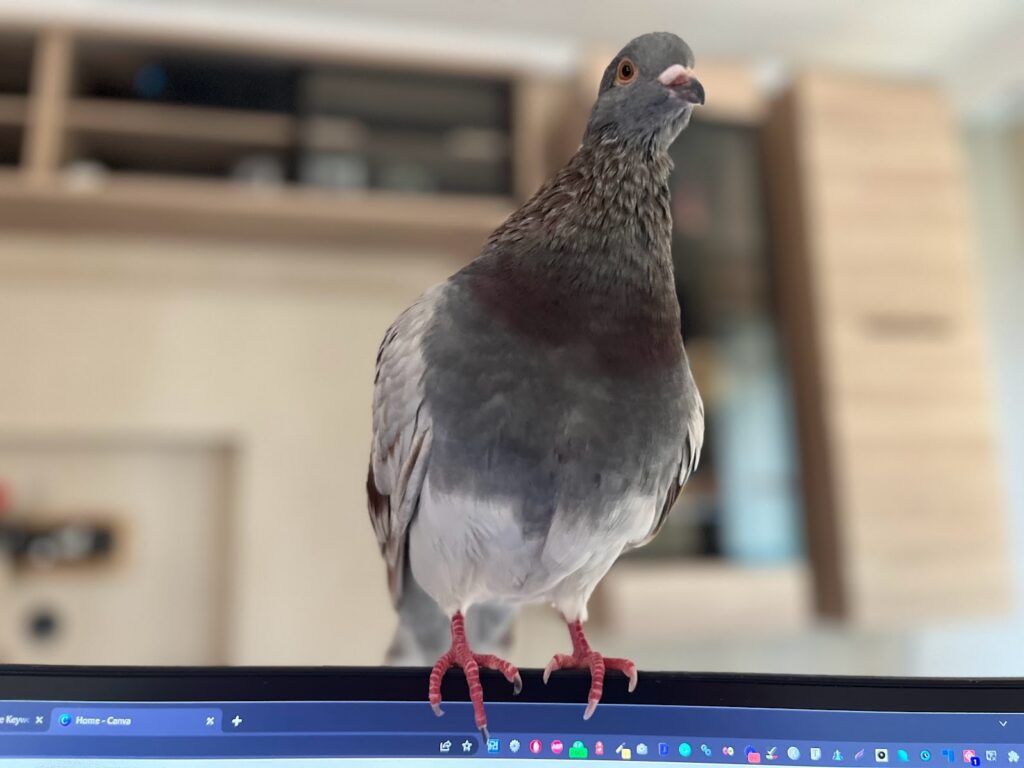
Pigeons have a remarkable ability to navigate and find their way home over long distances (using the earth’s magnetic field). In fact, pigeons have been used for centuries to deliver messages (critical notes) and are known for their impressive homing abilities.
Pigeons are also capable of complex problem-solving and have been shown to be able to learn and remember complex tasks. They have even been used in scientific experiments to study learning and memory. In addition, pigeons have the ability to recognize individual humans and remember them for long periods of time, demonstrating their cognitive abilities.
It is important to recognize the intelligence and cognitive abilities of both feral pigeons and urban pigeons. These birds are much more than just pests to be eradicated and deserve to be respected and appreciated for all that they are.
Check this out: Are pigeons smart?
Myth 4: Pigeons are a nuisance in cities.
It is often thought that pigeons are a nuisance in cities, with many people believing that they are aggressive, dirty, and cause damage to buildings and other structures.
However, the reality is that pigeons are a natural part of the urban ecosystem and their presence in cities is often the result of human actions.
One of the reasons that urban pigeons are often seen as a nuisance is due to the practice of feeding pigeons in public spaces, such as local parks. While it may be well-intentioned, feeding pigeons can actually create problems by attracting large numbers of birds to a specific location and leading to an overabundance of pigeons in that area. This can lead to an increase in the amount of pigeon droppings, or pigeon poop, in the area and potentially cause damage to buildings and structures.
Another factor that contributes to the presence of pigeons in cities is the availability of roosting and nesting sites, such as the ledges and eaves of tall buildings. Pigeons are adapted to living in close proximity to humans and will often take advantage of these types of locations for shelter.
Check this article: 30 Facts About Pigeons
Myth 5: Pigeons are all the same and cannot be distinguished from one another.
Contrary to popular belief, not all pigeons are the same and it is possible to distinguish between individual birds.
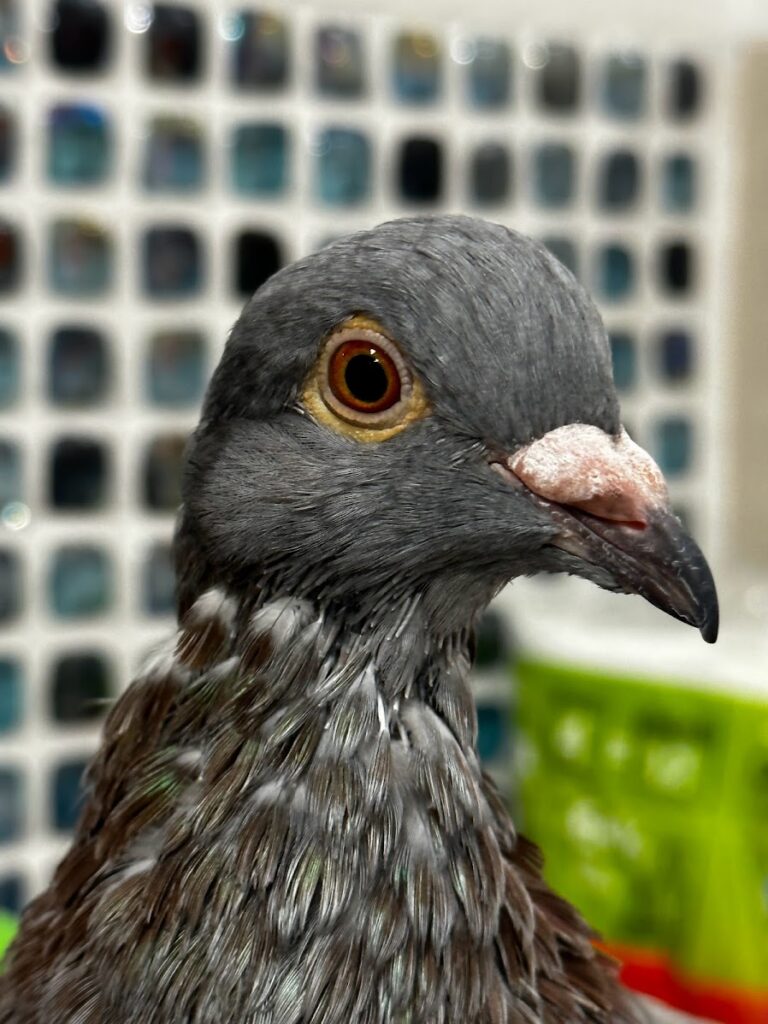
While it is true that many pigeon species have similar coloring and patterns on their feathers, each pigeon coloring is unique and can be distinguished from others of the same species. Each pigeon has its own distinct color variations.
In fact, pigeon enthusiasts and researchers are able to identify individual birds based on their physical characteristics, such as the size and shape of their beak, the color and pattern of their feathers, and even the shape of their head.
Some pigeon breeds even have distinctive physical features, such as unique feather patterns or crests on their heads.
So the next time you see a pigeon in your local park or on your windowsill, take a closer look at these familiar feathered friends. You may be surprised to find that each one is unique and can be distinguished from the others.
Here is the article: Are Pigeons Good Pets?
Myth 6: Pigeons are a recent addition to urban environments.
Pigeons are not a recent addition to urban environments and have been present in cities for centuries.
In fact, pigeons have been domesticated for thousands of years and have a long history of being used for message delivery.
Pigeons have also played important roles in human culture and human societies, and have been present in art, literature, and the world’s religions for centuries. There are many different pigeon breeds, each with its own unique physical characteristics, and they can be found in cities all over the world.
Despite their prevalence in urban environments, pigeons are often misunderstood and misrepresented as pests. However, they are an extremely common and important part of the urban ecosystem, and play important roles in seed dispersal and the control of other pests.
Myth 7: Pigeons only eat bread and other human food scraps.
While it is often thought that bread and other human food scraps are a staple of the pigeon diet, the reality is that these items are actually not good for pigeons.
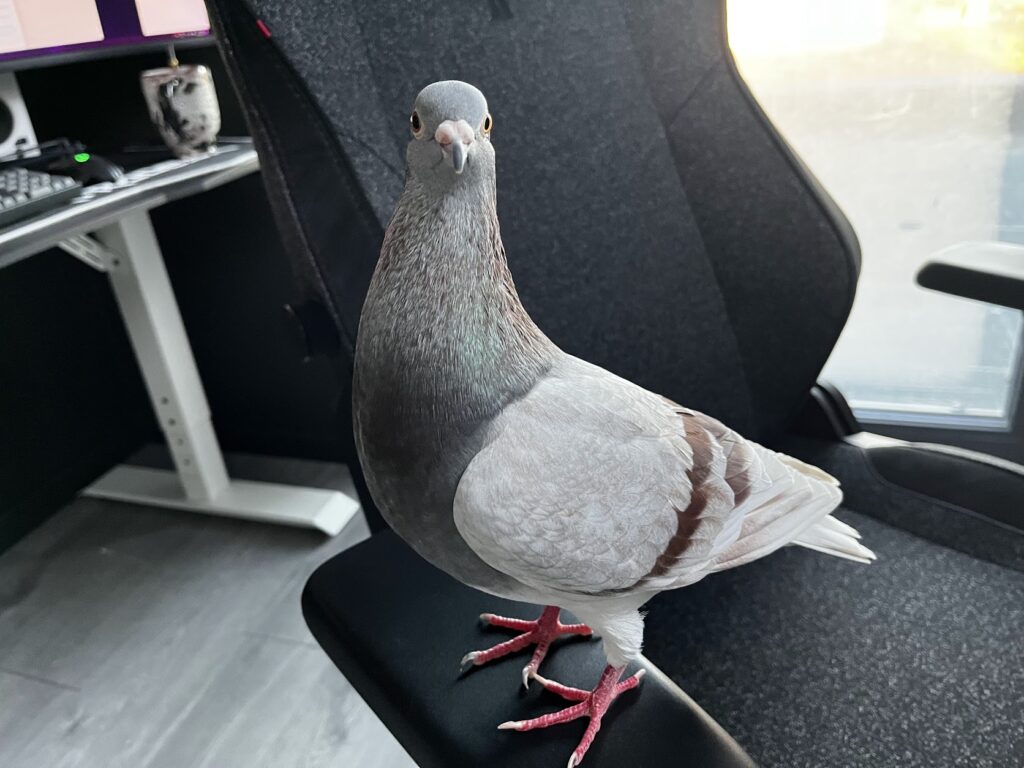
In fact, feeding pigeons bread and other human food scraps can actually have negative consequences for their health.
Pigeons are opportunistic feeders and will eat a wide variety of foods depending on what is available in their environment. However, bread and other human food scraps are often high in calories and lack the nutrients that pigeons need for a balanced and nutritious diet.
It is important to remember that while feeding pigeons may seem like a kind and well-intentioned act, it is actually better for their health and well-being to allow them to find their own food.
Providing a diverse range of food options, such as seeds and grains, can actually be more beneficial for pigeons and help to ensure that they have a balanced and nutritious diet.
So, while it may be tempting to feed bread and other human food scraps to pigeons, it is actually better for their health to let them find their own food.
Check this out: What do pigeons eat?
Myth 8: Pigeon mate for life
It is a common myth that pigeons mate for life and form monogamous relationships.
However, the reality is that pigeon mating behavior is more complex and varies depending on the species and individual bird. While some pigeon species may form monogamous relationships and mate for life, this is not the case for all pigeon species.
In modern society, pigeons are often found in urban environments where the availability of mates and nesting sites may vary. This can affect mating behavior and lead to a more promiscuous mating system. Pigeons may also form temporary or seasonal mating relationships, rather than monogamous relationships that last for life.
It is important to recognize that pigeon mating behavior is complex and varies depending on the species and individual bird. With a huge variety of pigeon species found all over the world, it is not accurate to assume that all pigeons mate for life or form monogamous relationships.
Check this out: Why do pigeons stand on one leg?
Myth 9: Pigeons are not protected by law
It is a common myth that pigeons are not protected by law.
However, the reality is that many pigeon species are protected by law in various countries and regions around the world.
In some cases, specific laws and regulations may be in place to protect pigeon populations or specific pigeon species. In other cases, pigeon protection may be provided through more general laws that protect all bird species.
Myth 10: Pigeons do not have any cultural or historical significance.
Contrary to popular belief, pigeons do have significant cultural and historical significance in many parts of the world.
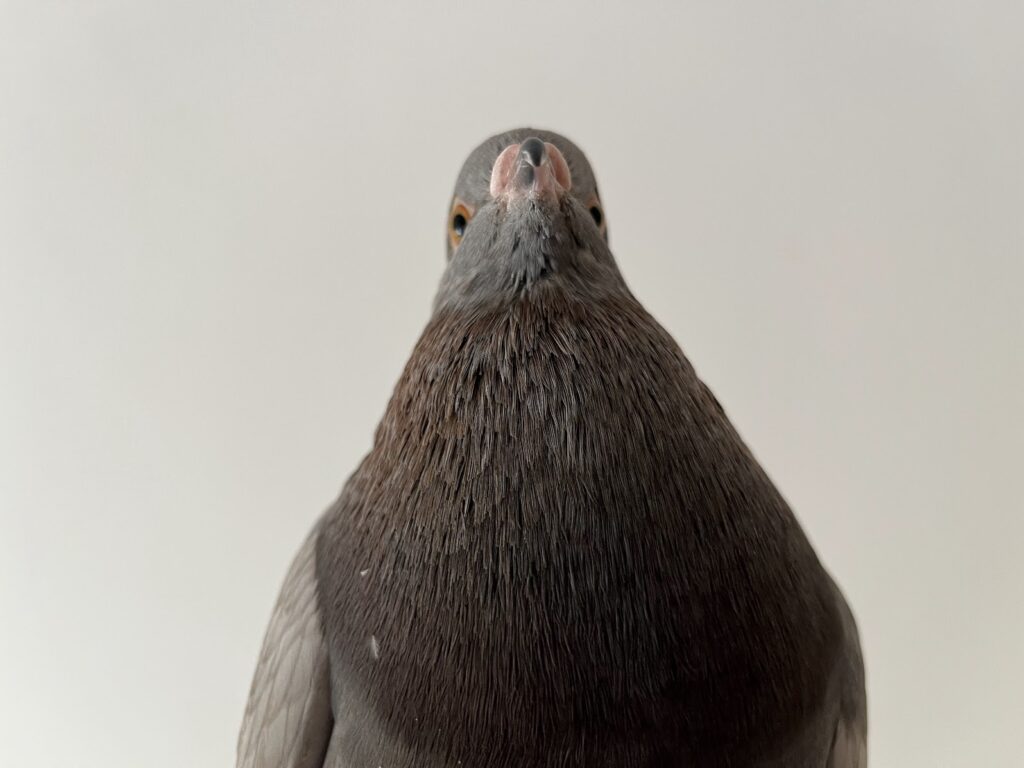
Pigeons have been revered and respected in numerous cultures and have played important roles in various world religions.
- In the ancient world, pigeons were often seen as symbols of peace and love and were used as messenger birds.
- In Jewish tradition, pigeons were considered a symbol of hope and were used in sacrifices.
- Pigeons have also been revered in various world religions, including Hinduism and Islam, where they are seen as symbols of peace and purity.
- Pigeons have also played important roles in human history, such as during World War II when they were used to deliver messages and save lives.
- In modern times, pigeons continue to be revered and respected in many cultures around the world.
So it is clear that pigeons are important and revered symbols in many parts of the world and deserve to be respected and appreciated for all that they are.
Myth 11: Pigeons are not capable of long-distance migration.
It is a common myth that pigeons are not capable of long-distance migration.
However, the reality is that many pigeon species are actually highly skilled and capable of long-distance migration. In fact, pigeons have been used for centuries for long-distance communication and are known for their incredible flying abilities.
Racing pigeons, in particular, are bred for their ability to fly long distances and are used in pigeon racing competitions around the world.
These birds are trained to fly long distances and can travel hundreds or even thousands of kilometers in a single journey.
Pigeons have also been used to deliver messages and play important roles in human histories, such as during World War II when they were used to carry critical notes and save lives.
So it is clear that pigeons are more than capable of long-distance migration and have amazing flying abilities.
Check this out: How fast can a pigeon fly?
Final remarks about pigeon myths
In conclusion, there are many myths about pigeons that have been perpetuated for centuries. However, as I have learned from my own rescued pigeon Gerard, these myths are simply not true.
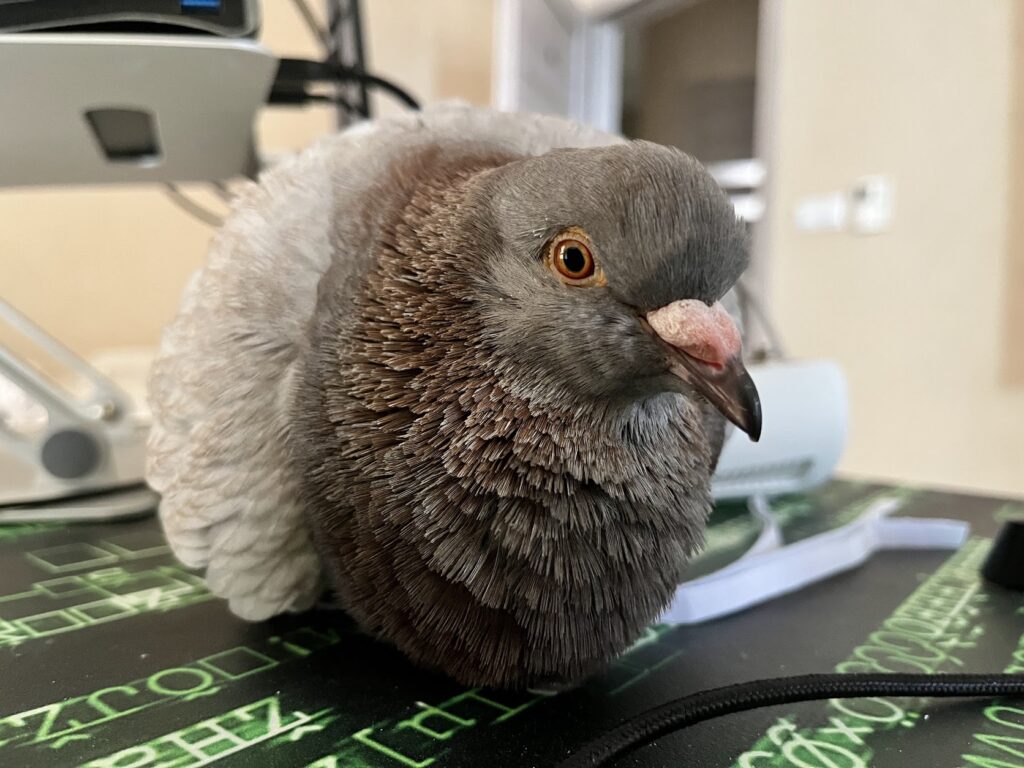
Pigeons are intelligent, adaptable birds that play important roles in the ecosystem and have a long history of cultural and historical significance. It is time to set the record straight on these misunderstood birds and recognize the important role that they play in the world.
So the next time you see a pigeon, take a moment to appreciate these amazing birds and remember all that they have to offer.

